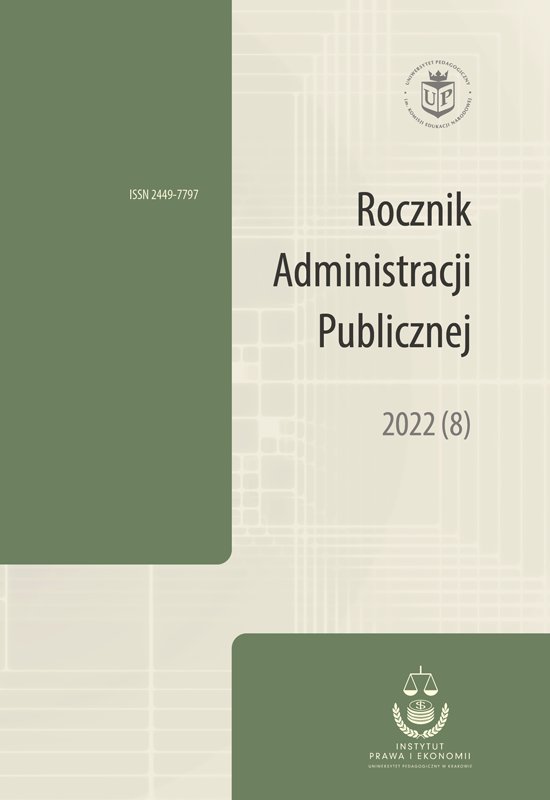Kontrola parlamentarna rządu w systemach ustrojowych II Rzeczypospolitej w dyskursie polskiej doktryny przedwojennej i współczesnej
The parliamentary control of the government in the constitutional systems of the II Republic in the discourse of the Polish pre-war and contemporary doctrine
Author(s): Piotr A. TusińskiSubject(s): History, Law, Constitution, Jurisprudence, Local History / Microhistory, Administrative Law
Published by: Wydawnictwo Uniwersytetu Jagiellońskiego
Keywords: oversight function; parliamentary control of the government; Small Constitution of 1919; March Constitution of 1921; April Constitution of 1935; positive law; custom law; parliamentary custom;
Summary/Abstract: The Second Republic of Poland implemented in the first years of independence a significant part of the achievements of Western European parliamentarism with regard to the control function of the executive (government). While in the West the parliament’s powers of scrutiny over the government were mostly subject to regulation by ordinary law, in Poland and other states revived or established in Europe after World War I, the bulk of them became the subject of legal regulation at the level of constitutions, ordinary laws and/or parliamentary rules of procedure. In Poland, law and customs shaped through parliamentary practice played a relatively large role in this regard. During the Second Republic, there were three consecutive constitutional systems in force – the so-called Little Constitution of 1919, the March Constitution of 1921. (since December 1922) and the April Constitution of 1935.The control of the government by parliament was developed to the fullest extent during the period of so-called parliamentary rule, i.e. in the years 1919–1926. After the May coup began, visible mainly in the area of political and parliamentary practice, the process of gradual reduction of the control function of parliament, which found its final legal definition in the provisions of the Basic Law of April 1935. The control function of parliament was exercised at first by the Legislative Sejm, and then, from the end of 1922, by the Sejm and the Senate (the latter to a relatively modest extent). With regard to the criterion of the timing of control activities, parliamentary control of the government was divided in pre-war doctrine into preliminary and subsequent (follow-up). The post-war doctrine, following the position formulated in German science in the second half of the 19th century, also distinguished current control. Implementation of the parliament’s control function in the Second Republic included a very rich catalog of tools (means) of influencing the government. The pre-war doctrine organized them according to the criterion of the timing of control measures or their expediency. After World War II, based on the systemic criterion, ordinary (plenary debate on government policy, parliamentary inquiries and interpellations) and extended (appointment of stand- ing and extraordinary parliamentary committees with, among other things, controlling or investigative powers) means of control were distinguished, as well as statutory preliminary control (passing the budget, giving consent to the ratification of international agreements and issuing certain administrative acts), which tools are characteristic of parliamentary systems assuming the supremacy of parliament over the government. In another view, the instruments of parliamentary control were divided (on the basis of the March Constitution) into traditional means of control (interpellations, committees of inquiry, discharge, control of state debts, approval of temporary restrictions on civil rights and freedoms) and those arising from the principles of the parliamentary-cabinet form of government (debate on the prime minister’s exposé, asking questions, hearing government representatives in plenary and in committees, passing resolutions), as well as sanctions applied as a result of control (such as holding the government and individual ministers politically and constitutionally accountable). In doctrine and parliamentary practice, the greatest differences of opinion with regard to the characterized issues arose and continue to this day, in addition to systematizing issues, such issues as the scope and tools of preliminary parliamentary control, the control of decree legislation, the scope and effects of parliamentary interpellations and questions, extraordinary committees of inquiry, political and parliamentary and constitutional responsibility of the executive branch.
Journal: Rocznik Administracji Publicznej
- Issue Year: 2022
- Issue No: 8
- Page Range: 125-171
- Page Count: 47
- Language: Polish

